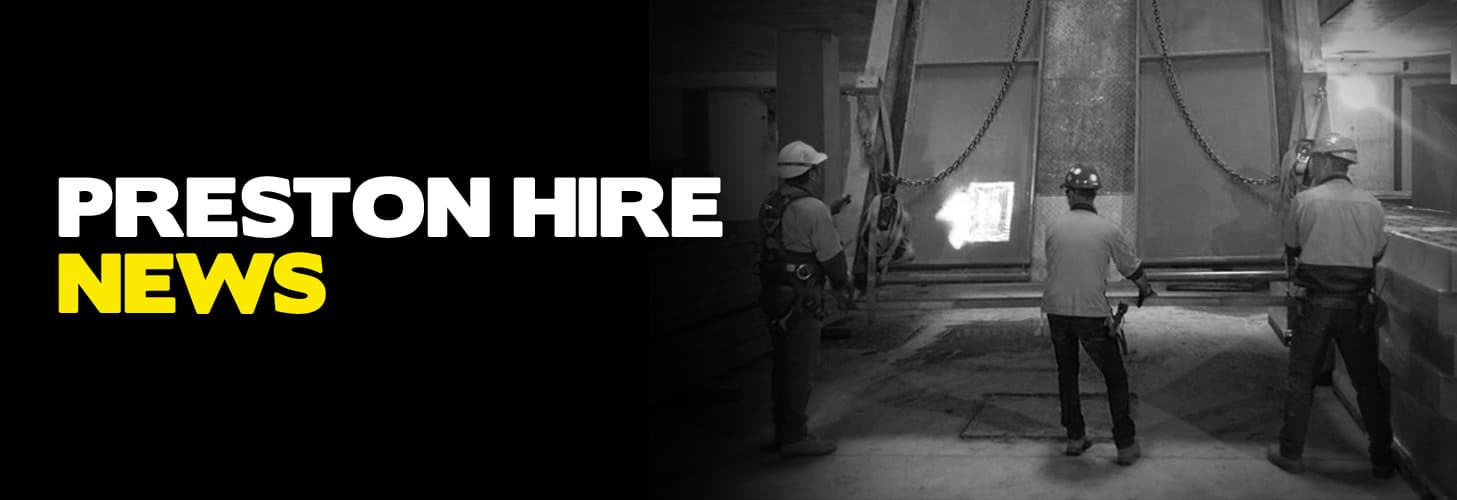
Managing crane rental effectively is critical in the construction industry, where controlling crane rental costs can significantly impact a project’s overall budget.
When selecting a crane, there are various considerations besides the upfront rental cost – like the crane’s capabilities, intended uses and project timelines. How can you be sure of selecting the most suitable, cost-efficient crane for your business?
Today, we’re exploring rental equipment management in depth to help you understand all you need to know before hiring a crane to optimise your investment, avoid unexpected costs and enhance productivity.
The cost of crane rental can vary greatly depending on various factors, including the type of crane needed, the duration of the rental, and the specific requirements of your project. To efficiently manage these costs, it’s crucial to grasp how these factors influence crane rental costs and what strategies can be employed to optimise them.
The initial step towards optimising crane rental expenses involves choosing the most suitable crane for your project. This decision should consider the weight and height of the materials to be moved and the terrain of the construction site. Selecting a crane with more capabilities than necessary can lead to inflated costs, whereas choosing one with insufficient capacity may cause project delays and elevate safety risks. Consulting with crane rental experts can help align your project’s requirements with the most cost-efficient options, ensuring you don’t pay extra for unneeded capacity or face the consequences of underestimating your needs.
Effective rental equipment management includes meticulous planning and scheduling to minimise crane rental costs. By planning ahead, you can determine the most efficient use timeline for the crane, ensuring it is rented only for the necessary duration. This approach helps avoid the financial drain of having the crane sit idle on site. Scheduling the crane’s use in alignment with project milestones and other equipment usage can significantly reduce wasteful spending.
Deciding between long-term and short-term crane rental requires a strategic approach, considering the project’s timeline, budget, and specific needs. Each option presents its own set of advantages and challenges:
Pros:
Cost Savings: Negotiating long-term contracts often results in lower overall crane rental costs compared to the cumulative expense of multiple short-term rentals.
Availability: Securing a crane for the long term ensures availability for the project’s duration, eliminating the risk of equipment shortages during critical phases.
Consistency: Having consistent equipment throughout the project can lead to operational efficiency and reduced training requirements for staff.
Pros:
Flexibility: Short-term rentals offer the flexibility to adapt to project changes without the long-term commitment, allowing for equipment changes as project needs evolve.
Lower Immediate Costs: Ideal for projects with intermittent crane needs, short-term rentals can minimise expenses by limiting the rental to only when the equipment is needed.
When choosing between long-term and short-term crane rental, weighing these pros and cons against the project’s specific requirements is crucial. Effective rental equipment management involves not only analysing the current project needs but also anticipating potential changes and challenges that may arise. By carefully considering the project duration, equipment usage patterns, and budgetary constraints, construction managers can make informed decisions that optimise crane rental costs and contribute to the project’s overall success.
A thorough understanding of the maintenance and operating costs included in your crane rental agreement is essential. While some agreements incorporate these costs within the initial rental fee, others bill them separately. Being aware of these details enables more informed decision-making, leading to significant long-term savings and help you avoid unexpected expenses.
Ensuring the crane rental agreement specifies insurance coverage and liability is critical. Adequate insurance safeguards against unforeseen incidents, potentially saving you from substantial financial losses. This aspect of rental equipment management is crucial for risk mitigation and cost optimisation, providing peace of mind and financial protection throughout the rental period.
Incorporating technology into rental equipment management offers a path to considerable cost reductions. Modern software and applications designed for project management enable precise tracking and optimisation of crane rental usage. These technological tools assist in scheduling, usage monitoring, and ensuring the crane is utilised efficiently for the rental duration, leading to enhanced project management and cost savings.
Optimising crane rental expenses is vital for sustaining budget control in construction projects. Construction managers can realise substantial cost savings through strategic crane selection, meticulous planning and scheduling, a clear understanding of rental agreements, and the effective use of technology. Each project presents unique challenges and requirements, necessitating a tailored approach to crane rental decisions. By following these tips, companies can ensure they choose their crane rentals wisely, significantly contributing to their projects’ success and cost efficiency while positioning them for better financial health and project outcomes.
SERVICES
SAFETY
About
NEWS